Toledo: A Journey Through Time
Embark on a captivating free walking tour through Toledo, where history, art, and culture intertwine in this enchanting Spanish city.
Time
3 Hours
Stops
9 Places
Distance
4.2 km
Toledo Cathedral (Catedral Primada)
This magnificent Gothic cathedral is one of the most important landmarks in Toledo and a masterpiece of medieval architecture.
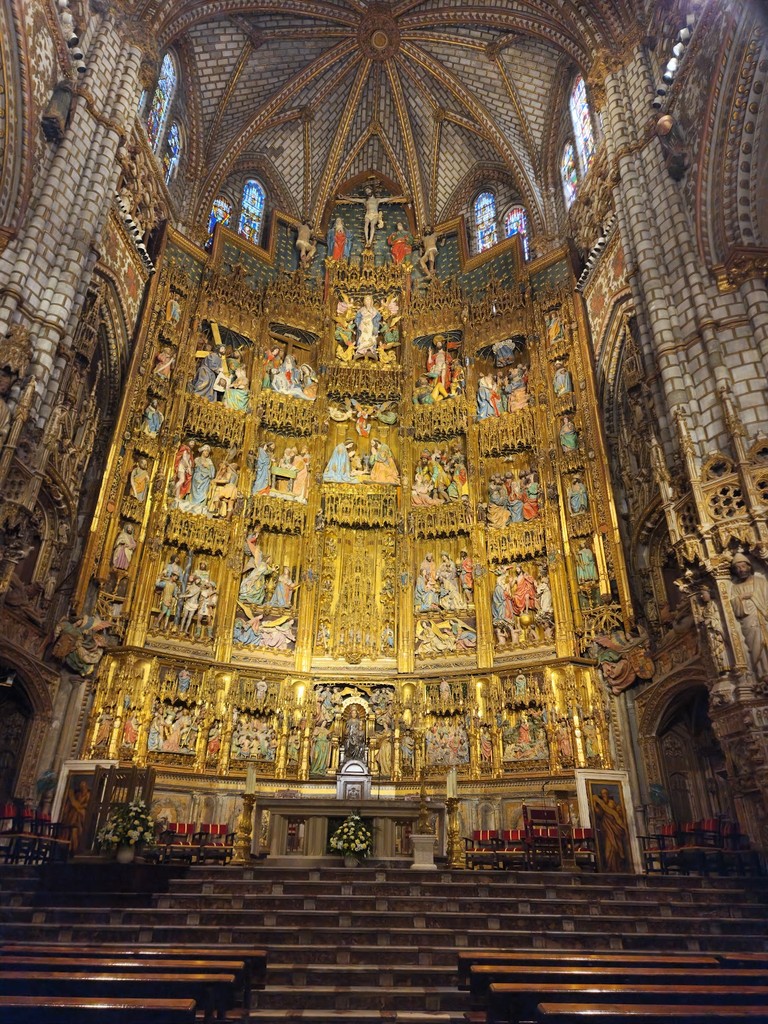
Toledo Cathedral (Catedral Primada) (Source: Google Maps)
The Toledo Cathedral, known as Catedral Primada, is a stunning example of Gothic architecture and one of the most significant cathedrals in Spain. Construction began in 1226 and lasted until 1493, reflecting a blend of architectural styles, including Gothic, Mudejar, and Renaissance. The cathedral is renowned for its intricate façade, soaring spires, and breathtaking interior, featuring a remarkable collection of art, including works by famous Spanish painters. The grand altarpiece, carved from wood and gilded, is a highlight, depicting various biblical scenes. The cathedral also houses a rich treasury, containing precious relics and liturgical items. Its historical significance goes beyond its architecture, as it has been a center of religious and cultural life in Toledo for centuries, symbolizing the city's spiritual heritage.
Iglesia de Santo Tomé
Famous for housing El Greco’s masterpiece, "The Burial of the Count of Orgaz," this church is a must-visit for art enthusiasts.
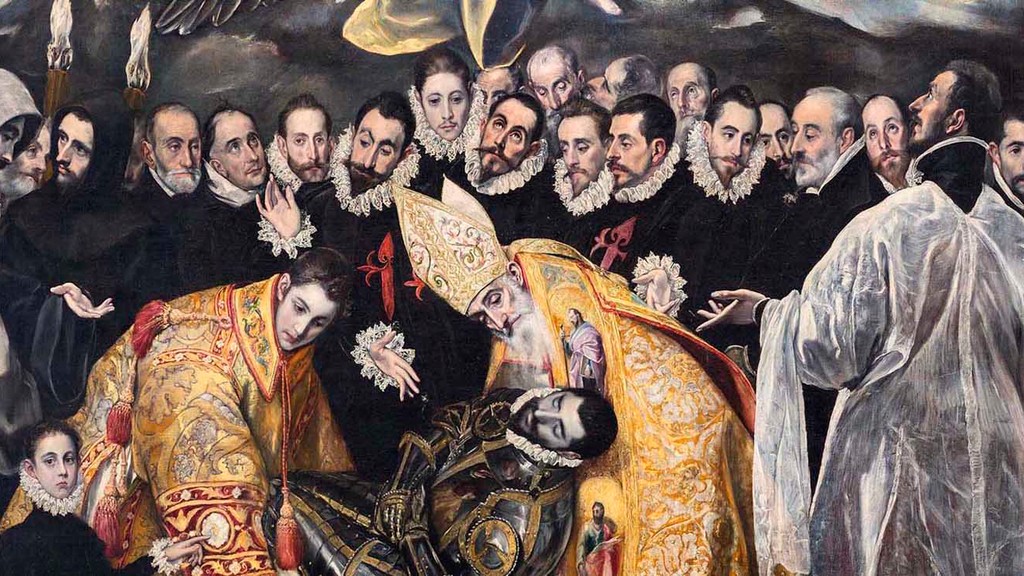
Iglesia de Santo Tomé (Source: Google Maps)
Iglesia de Santo Tomé is a historic church in Toledo, best known for housing El Greco’s iconic painting, "The Burial of the Count of Orgaz." Built in the 12th century, the church showcases a mix of Mudejar and Gothic architectural styles. The interior is modest, allowing the stunning artwork to take center stage. El Greco's masterpiece, created in 1586, vividly depicts a miraculous event where Saint Stephen and Saint Augustine descend to bury the Count. The painting is celebrated for its dramatic use of color and elongated figures, characteristic of El Greco’s unique style. The church not only serves as a testament to the artist's genius but also reflects the rich cultural and religious history of Toledo, making it a must-visit for art lovers and history enthusiasts alike.
Museo del Greco
Dedicated to the artist El Greco, this museum showcases his works and offers insight into his life and artistic influence.
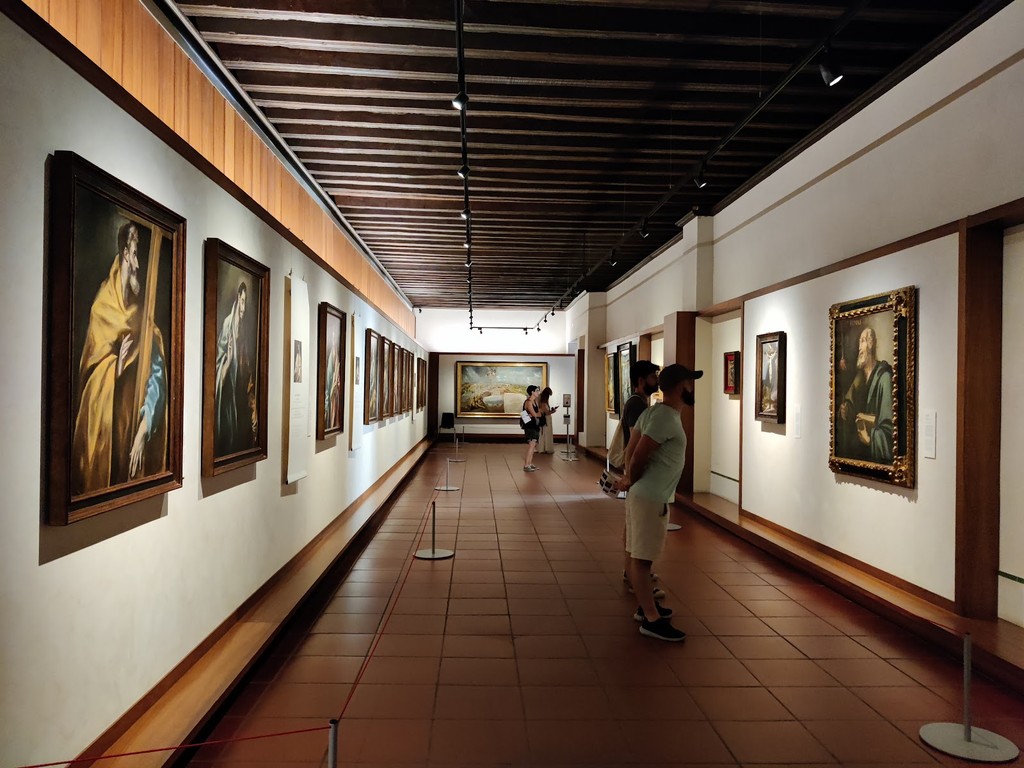
Museo del Greco (Source: Google Maps)
The Museo del Greco is dedicated to the life and works of the famed painter Domenikos Theotokopoulos, known as El Greco. Located in a beautifully restored house in the heart of Toledo, the museum showcases a comprehensive collection of El Greco's paintings, sculptures, and artifacts. Visitors can explore the artist's evolution and influence on Spanish art during the Renaissance. The museum features iconic works such as "The Assumption of the Virgin" and various portraits that highlight El Greco's unique style, characterized by dramatic use of light and vivid colors. Additionally, the museum provides insight into El Greco’s life in Toledo, his artistic techniques, and the cultural context of his work. The Museo del Greco is a vital destination for understanding the legacy of one of Spain's most important artists.
Synagogue of Santa María la Blanca
Originally built as a synagogue in the 12th century, this building reflects the city’s diverse cultural heritage.
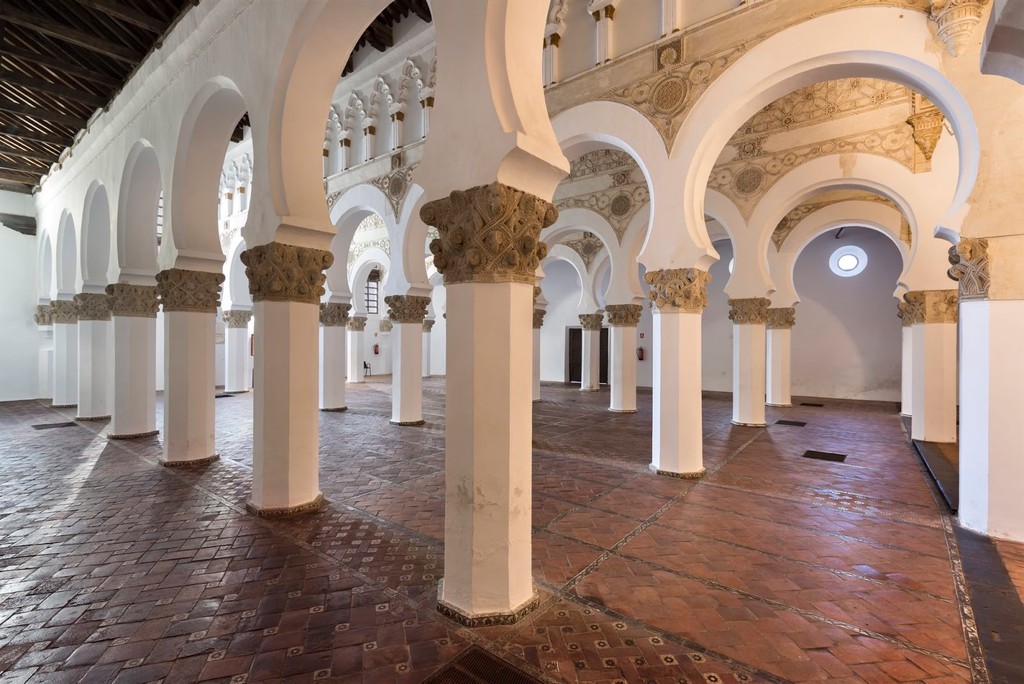
Synagogue of Santa María la Blanca (Source: Google Maps)
The Synagogue of Santa María la Blanca, originally built in the 12th century, stands as a remarkable testament to Toledo's multicultural history. It was constructed in Mudejar style, characterized by its horseshoe arches, intricate stucco work, and beautiful wooden ceilings. Initially a synagogue, it reflects the city's Jewish heritage and architectural brilliance during the medieval period. After the expulsion of the Jews from Spain in 1492, the building was converted into a church, which it remains today. The synagogue's serene interior, filled with light, creates an atmosphere of peace and reflection. Its historical significance is profound, as it symbolizes the coexistence of different cultures and religions in Toledo, making it a significant landmark for those exploring the city’s diverse past.
Monastery of San Juan de los Reyes
A stunning example of Isabelline Gothic architecture, this monastery was commissioned by the Catholic Monarchs.
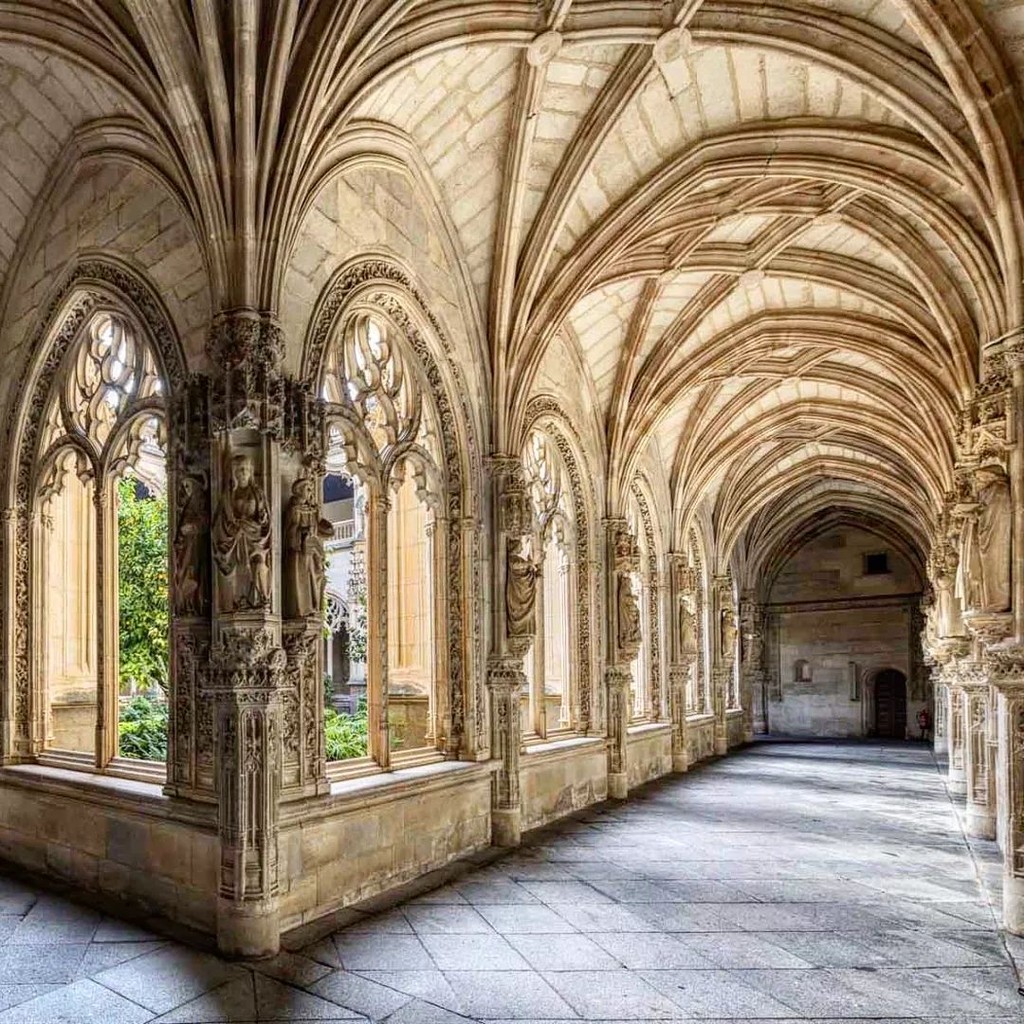
Monastery of San Juan de los Reyes (Source: Google Maps)
The Monastery of San Juan de los Reyes is a stunning example of Isabelline Gothic architecture, commissioned by the Catholic Monarchs, Ferdinand and Isabella, in the late 15th century. The monastery was built to commemorate their victory at the Battle of Toro and to serve as a burial site for their family. Its intricate façade features elaborate stone carvings and a beautiful cloister adorned with lush gardens. Inside, visitors can admire the ornate altarpiece and the impressive church, which showcases the grandeur of the period. The monastery's historical significance is immense, as it reflects the power and influence of the Catholic Monarchs during Spain's unification. Today, it serves as a cultural landmark, attracting visitors who wish to experience the exquisite artistry and rich history of Toledo.
Puente de San Martín
This medieval bridge offers breathtaking views of the Tagus River and the city’s skyline.
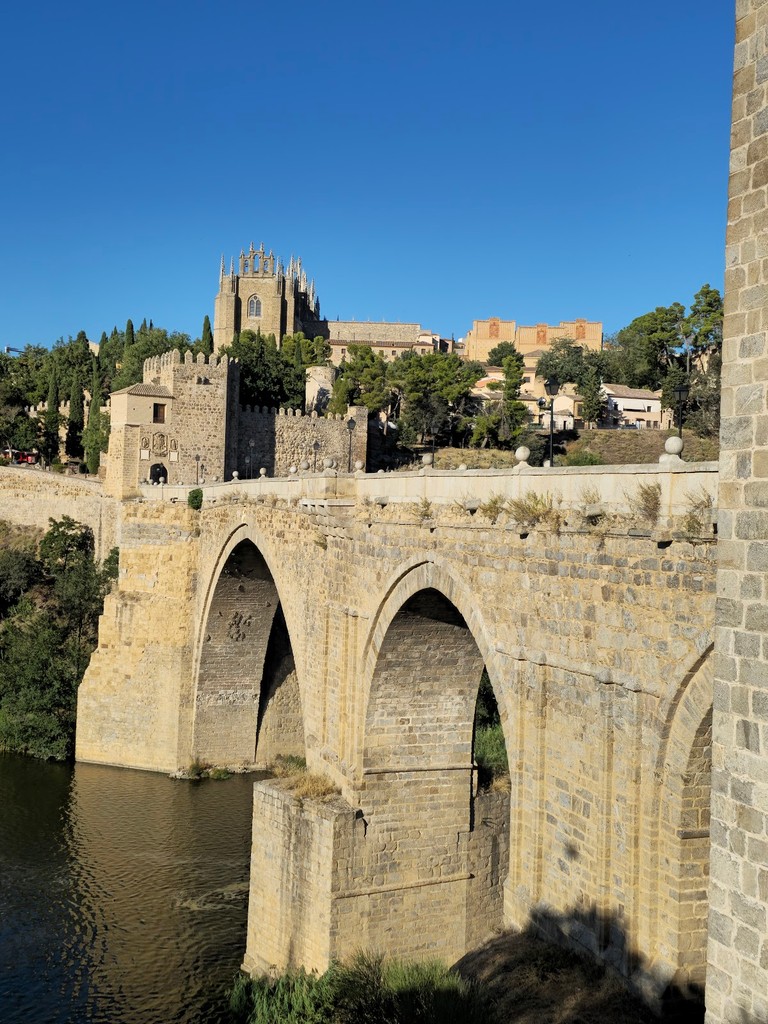
Puente de San Martín (Source: Google Maps)
The Puente de San Martín is a medieval stone bridge that spans the Tagus River, offering stunning views of Toledo’s skyline. Built in the 15th century, the bridge served as a vital connection between the city and its surrounding areas. Its impressive arches and sturdy construction exemplify the engineering prowess of the time. The bridge features a fortified tower, which once served a defensive purpose, and is adorned with beautiful Gothic details. Throughout history, the Puente de San Martín has been a symbol of strength and resilience, witnessing numerous events and changes in the city. Today, it stands as a picturesque spot for visitors to enjoy the breathtaking landscape and capture memorable photographs, all while reflecting on its rich historical significance.
Plaza de Zocodover
As the main square of Toledo, this vibrant area is perfect for soaking in the local atmosphere and history.
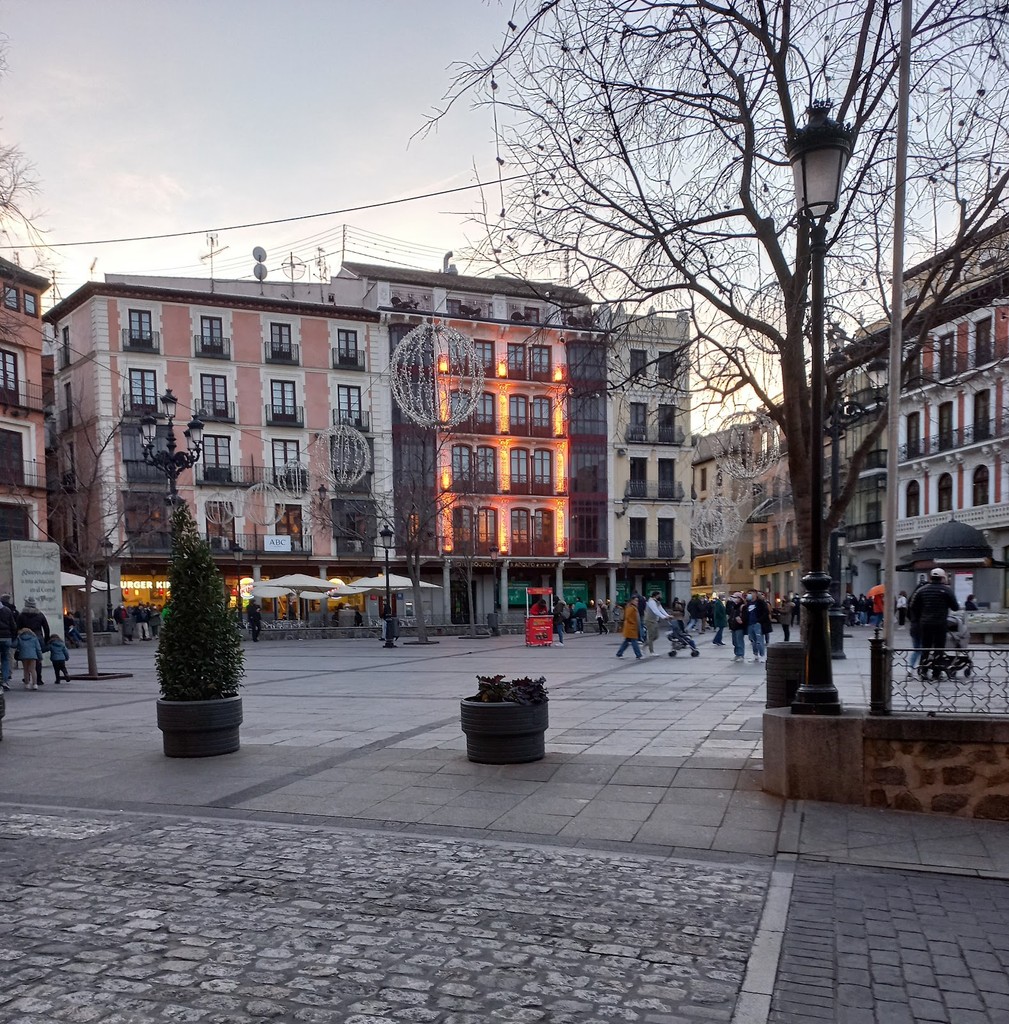
Plaza de Zocodover (Source: Google Maps)
Plaza de Zocodover is Toledo's main square, serving as the heart of the city’s social and cultural life for centuries. Historically, it was a bustling marketplace where merchants traded goods, and it remains a vibrant gathering place today. The square is surrounded by beautiful buildings, including the iconic Zocodover Arch, which serves as a gateway to the historic center. Its lively atmosphere is enhanced by cafés, shops, and local vendors, making it an ideal spot to experience the essence of Toledo. The plaza has witnessed numerous historical events, including public celebrations and announcements, reflecting the city's rich heritage. Visitors can enjoy the ambiance, relax in the sun, and take in the view of the architectural marvels that surround this lively square.
Alcázar of Toledo
This imposing stone fortification has served various roles throughout history and now houses a military museum.
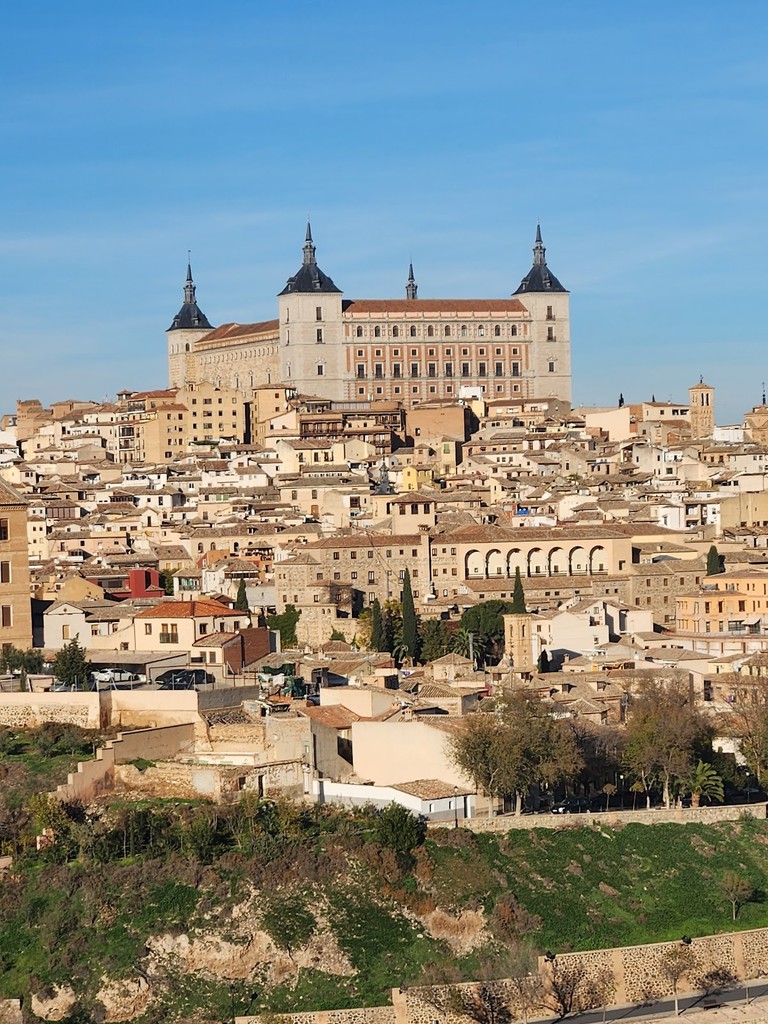
Alcázar of Toledo (Source: Google Maps)
The Alcázar of Toledo is an imposing fortress that dominates the city's skyline. Originally built by the Romans, it has undergone several transformations throughout history, serving as a royal palace, military museum, and fortress. Its strategic location on a hilltop provided a vantage point for defense against invaders. The current structure, which dates back to the 16th century, showcases a blend of architectural styles, including Renaissance and Gothic elements. The Alcázar houses a military museum, where visitors can explore Spain's military history through a vast collection of artifacts, weapons, and exhibitions. Its historical significance is immense, as it has been a witness to key events in Spanish history. Today, the Alcázar stands as a symbol of Toledo's resilience and rich heritage, drawing visitors who wish to delve into the past.
Puerta del Sol
This Mudejar-style gate is a significant remnant of Toledo’s medieval city walls.
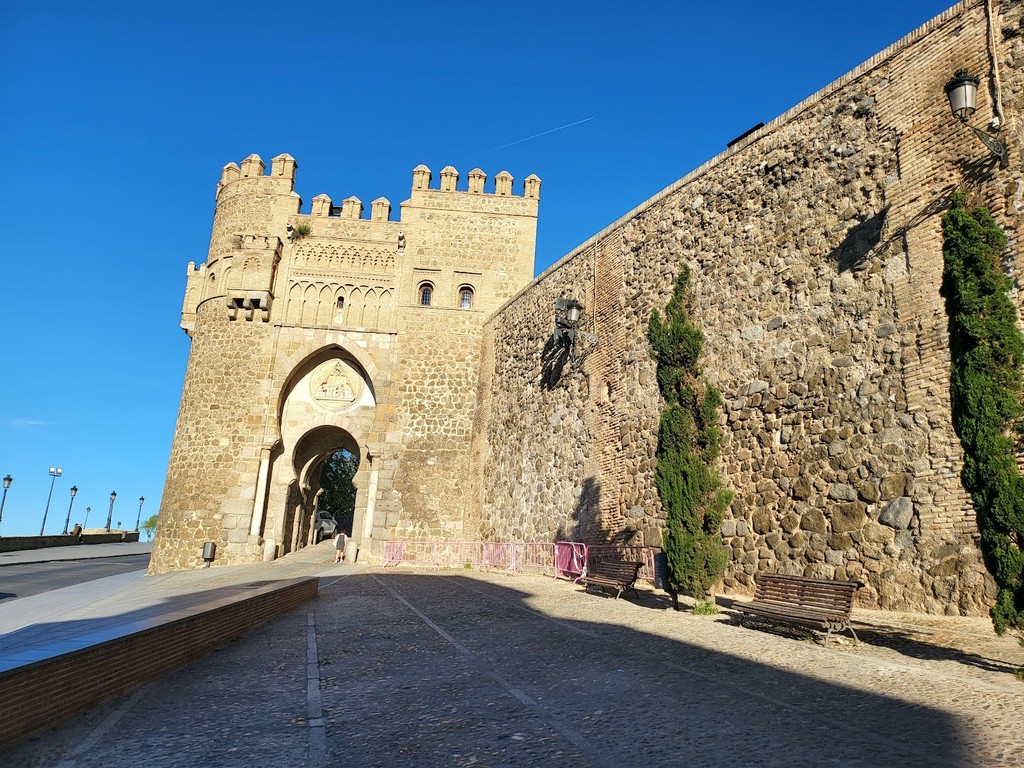
Puerta del Sol (Source: Google Maps)
The Puerta del Sol is a notable Mudejar-style gate that remains as a significant remnant of Toledo’s medieval city walls. Constructed in the 14th century, it served as one of the main entrances to the city, allowing people to enter and exit through its impressive archway. The gate is characterized by its intricate brickwork and decorative elements, which reflect the architectural style of the time. Its historical importance lies not only in its function as a city gate but also as a symbol of Toledo's fortified past. The Puerta del Sol has witnessed countless events and changes in the city, making it a valuable landmark for understanding Toledo's history. Today, it stands as a picturesque site for visitors, who can appreciate its beauty and significance while exploring the surrounding areas.

Your travels, your rules.
Create your own Free Walking Tours.
Set your preferences, distances and anything you want to do or see.
Completely free, no payment required.